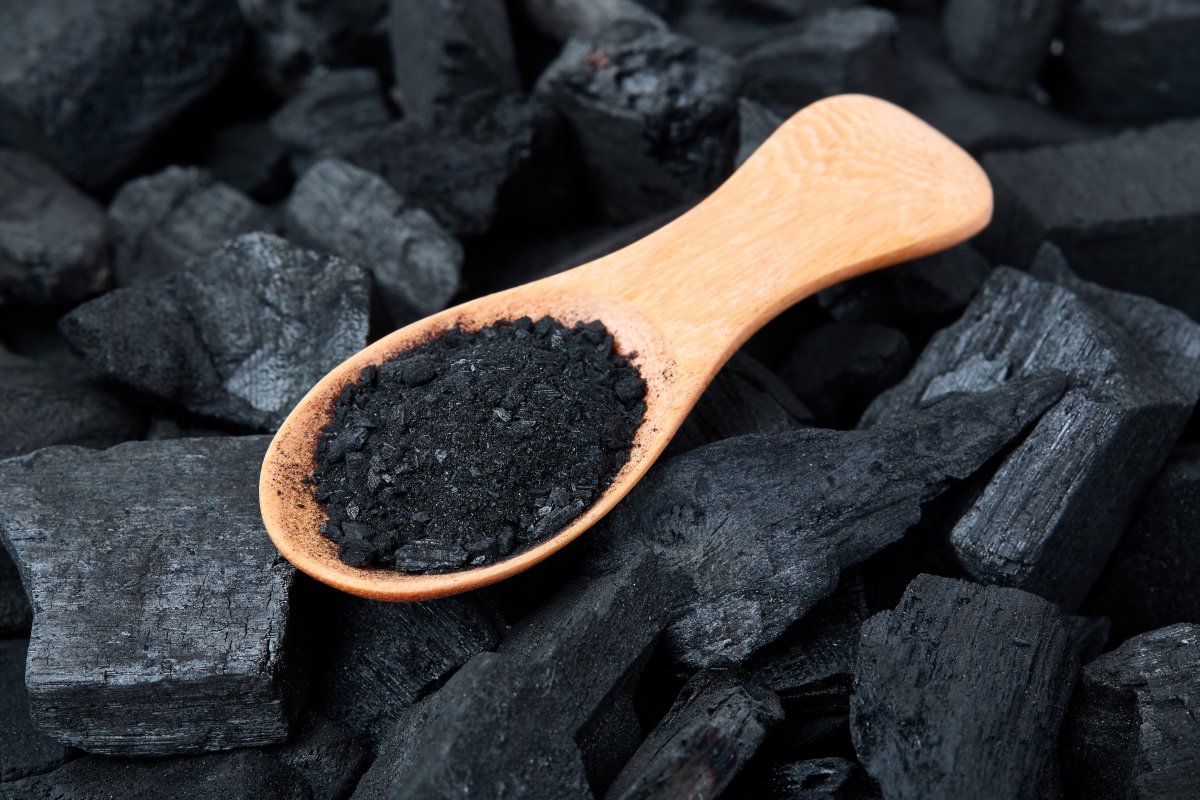What do charcoal, poké and kombucha have in common? They’re all food trends that, sometimes obnoxiously, dominated social media and our bellies in 2017.

In previous years, it was all about quinoa, kale in everything, Zoodles and overpriced avocado toast (OK, so maybe this trend never really went away).
This year we saw a number of creative, sometimes strange, culinary creations.
In order to find out what the biggest food trends of 2017 were, Global News asked a number of food bloggers, grocery chains and on-demand food delivery services to chime in.
Poké (pronounced poh-KAY) and the healthy fast food revolution
Foodora: Poké was fan favourite this year as a “flavourful lunch or dinner option as each ingredient is soaked in soy and sesame-based sauces, which gives foodies a full-flavour experience.”
Whether it be called Hoke Poke, Pokito, Poke Guys or Le Poke Bar, this Hawaiian “deconstructed sushi” dish made a huge splash on the restaurant scene this year. It seems like quick-service Poké spots were popping up on every street corner. The customizable bowls mainly consist of raw tuna or salmon, rice, avocado and pickled ginger.
Poké was just one of the many trends, part of the growing healthy fast food revolution. It “gained popularity due to people wanting healthy food but quickly,” added Foodora.
WATCH: Chef Eraj Jayawickreme prepares a salmon poke bowl

Meal kits
Loblaw: “While we believe it’s still early on, meal kits have been attracting attention as some look to save some time on busy weeknight dinners.”

Companies like Good Food, founded in Montreal, are gaining in popularity for their convenience and great marketing.
These magical, ready-to-prepare dishes with pre-portioned ingredients and a recipe to follow have been arriving on doorsteps across the country. In fact, meal kits have grown into a $120-million industry in Canada, according to the market research company NPD Group.
WATCH: Making the most of meal kits

Instagram-worthy
TasteToronto, Online food curators: “Whether it’s a pizza slice the size of a large pizza, over-the-top ice cream cones and sandwiches, or a three-patty triple cheeseburger, it seems restaurants and patrons will do anything for the Insta.
Rainbow bagels? Unicorn Frappuccinos? Food took some “interesting” turns in 2017. While the healthy revolution continued, simultaneously, some meals were getting bigger, more excessive and more photogenic than ever. Oftentimes, it wasn’t to feed a big appetite but simply to snap a likeable insta-photo.
WATCH: Michelin-starred restaurant bans diners from posting food photos to Instagram

Activated Charcoal in everything
Maria Koutsogiannis, FoodbyMaria: “Activated coconut charcoal was a huge trend, especially for juice companies, adding to ice cream or even breakfast bowls! That black colour really grabs people’s attention and when they hear about the amazing health benefits, people stay excited!”
Once people got over the rainbow and unicorn phase, food moved over to the darker side. Charcoal was being added to anything from cupcakes and ice cream to pasta and bread, even toothpaste. Also known as activated carbon or coconut ash, it’s more traditionally used in emergency rooms to treat drug overdoses, poisonings and other intoxications. During the summer months, however, there were endless lineups at places like Toronto’s iHalo Krunch, serving black ice cream.
While the health claims are still up for debate, many culinary influencers believe activated charcoal in food was a way to cleanse the body of toxins.
WATCH: Creating Charcoal Ice Cream

Fake Meat
Chef Kimberly Lallouz: “I would say amongst the trends, a lot of it is moving to healthier options as well as plant-based items, plant proteins are going to be seen more on plates and in recipes (Like that bleeding vegan meat I’m dying to get my hands on! Not available in Canada yet).
You may have heard of something called #meatlessmondays? We’re not just talking about tofurky and chickpea patties. More sophisticated meat-substitutes are on the rise, such as insects and lab-grown meat. With Veganism gaining in popularity and films like pro-vegan Netflix documentary, What the Health, plant-based proteins like nuts, tempeh, lentils and tofu products are a trend that many food experts agree is here to stay.
Google’s 2017 Trends found that “plant-based diet” was the second most searched-for diet in Canada.
WATCH: Swapping animal protein for plant protein can lower cholesterol



























Comments